How to determine your ring size
Determining your ring size is crucial when it comes to finding the perfect fit for your finger. Wearing the right ring size not only ensures comfort but also prevents potential health issues and maintains the longevity of your ring. In this article, we will explore various methods to determine your ring size, factors to consider, common mistakes to avoid, tips for accurate measurement, and what to do if your ring size changes.
Key Takeaways
- Wearing the right ring size is important for comfort and health.
- Methods to determine your ring size include using a ring sizer tool, measuring with a string, using a printable ring size chart, and getting professionally measured.
- Factors like time of day, temperature, finger shape and width, and dominant hand can affect your ring size.
- Avoid common mistakes like guessing your ring size, using ill-fitting rings, and neglecting finger swelling.
- Tips for accurate measurement include measuring multiple times, measuring when your fingers are at their average size, and considering the fit of different ring styles.
Why is it important to determine your ring size?
The significance of wearing the right ring size
Wearing the right ring size is crucial for a comfortable and enjoyable experience. Ill-fitting rings can cause discomfort, irritation, and even health issues such as skin allergies or circulation problems. It is important to ensure that your ring fits properly to avoid these issues.
Additionally, wearing the correct ring size can help prolong the life of your ring. A ring that is too tight may become damaged or lose its shape over time, while a ring that is too loose may slip off and get lost. By wearing the right ring size, you can ensure the longevity of your precious jewelry.
To determine your ring size accurately, there are several methods you can try. These include using a ring sizer tool, measuring your finger with a string, using a printable ring size chart, or getting professionally measured. Each method has its own advantages and it's important to choose the one that works best for you.
Remember, wearing the right ring size not only enhances your comfort but also protects the beauty and value of your ring.
Avoiding discomfort and health issues
When it comes to wearing rings, having the right size is crucial to avoid discomfort and potential health issues. Wearing a ring that is too tight can restrict blood flow and cause swelling, while a ring that is too loose can easily slip off and get lost. Properly fitting rings ensure that you can comfortably wear your ring all day without any discomfort.
To determine your ring size accurately, it is recommended to use a ring sizer tool or get professionally measured. These methods provide precise measurements and take into account factors such as finger shape and width. Avoid guessing your ring size as it can lead to incorrect measurements and discomfort in the long run.
Additionally, it is important to consider the material of the ring. Some materials, such as nickel or certain alloys, can cause allergic reactions or skin irritation. If you have sensitive skin, opt for hypoallergenic materials like platinum or titanium.
Remember, wearing the right size ring not only ensures your comfort but also contributes to the longevity of your ring and overall finger health.
Ensuring the longevity of your ring
Taking proper care of your ring is essential for ensuring its longevity. Here are some tips to keep your ring looking beautiful for years to come:
-
Clean your ring regularly: Regular cleaning helps remove dirt, oils, and other substances that can dull the appearance of your ring. Use a mild soap and warm water, and gently scrub the ring with a soft brush.
-
Avoid exposing your ring to harsh chemicals: Chemicals such as chlorine and bleach can damage the metal and gemstones in your ring. Take off your ring before swimming in pools or using cleaning products.
-
Store your ring properly: When you're not wearing your ring, store it in a jewelry box or pouch to protect it from scratches and other damage. Avoid storing it with other jewelry pieces that could potentially scratch or tangle with it.
-
Get regular maintenance: Periodically have your ring inspected by a professional jeweler to check for loose stones, worn prongs, or any other issues that may need repair.
-
Avoid wearing your ring during certain activities: Remove your ring when engaging in activities such as gardening, exercising, or any other tasks that may expose it to excessive wear or potential damage.
-
Handle your ring with care: When putting on or taking off your ring, be gentle to avoid bending or misshaping the band. Avoid touching the gemstones directly to prevent smudges or fingerprints.
Methods to determine your ring size
Using a ring sizer tool
When using a ring sizer tool, it is important to follow the instructions carefully to ensure accurate results. Start by placing the ring sizer on your finger and adjusting it until it feels comfortable. Make sure the sizer is snug but not too tight. Take note of the size indicated on the tool and refer to a ring size chart to determine your ring size. Keep in mind that different brands may have slight variations in sizing, so it's always a good idea to try on rings in person before making a purchase.
Here is an example of a ring size chart:
| Ring Size | Diameter (mm) |
|---|---|
| 5 | 15.7 |
| 6 | 16.5 |
| 7 | 17.3 |
| 8 | 18.2 |
Remember, getting an accurate ring size is crucial for a comfortable and secure fit. Taking the time to measure your ring size properly will ensure that you can enjoy your ring for years to come.
Measuring your finger with a string
To measure your finger using a string, follow these steps:
- Wrap a piece of string or a thin strip of paper around the base of your finger.
- Mark the point where the string or paper overlaps with a pen or marker.
- Use a ruler to measure the length of the string or paper from the starting point to the marked point.
Remember to measure your finger when it is at its average size, as fingers can swell throughout the day due to factors like temperature and activity level.
It's important to note that this method may not be as accurate as using a ring sizer tool or getting professionally measured. However, it can provide a rough estimate of your ring size.
If you prefer a more precise measurement, consider using one of the other methods mentioned earlier.
Using a printable ring size chart
When using a printable ring size chart, it is important to ensure that the chart is printed at 100% scale to ensure accurate measurements. To use the chart, simply place your existing ring on the corresponding circle until you find the one that matches the inside diameter of your ring. If you don't have a ring to use as a reference, you can measure the inside diameter of your finger using a ruler and then find the corresponding measurement on the chart. Remember to measure your finger at the widest point, which is usually towards the base of your finger. It is recommended to measure your finger at different times of the day to account for any fluctuations in finger size. If you are between sizes, it is generally recommended to choose the larger size for a more comfortable fit.
Getting professionally measured
When it comes to determining your ring size, getting professionally measured is one of the most accurate methods. A professional jeweler has the expertise and tools to ensure an accurate measurement. They will use a ring sizer tool or a set of calibrated rings to find the perfect fit for you. It is recommended to visit a reputable jeweler who specializes in ring sizing to get the most reliable results.
If you choose to get professionally measured, it is important to keep in mind that your ring size may vary depending on factors such as the time of day, temperature, and finger swelling. Therefore, it is advisable to schedule your appointment during a time when your fingers are at their average size and to consider any potential changes in finger size throughout the day.
Remember, accurate ring sizing is crucial for ensuring the comfort and longevity of your ring, so it's worth investing the time and effort to get professionally measured.
Factors to consider when determining your ring size
Time of day
The time of day can actually affect the size of your fingers. In the morning, your fingers tend to be slightly smaller due to reduced blood flow and cooler temperatures. As the day progresses, your fingers may swell slightly, especially in warmer weather or after physical activity. Therefore, it is recommended to measure your ring size later in the day when your fingers are at their average size. This will ensure a more accurate measurement.
Temperature
Temperature can have a significant impact on your ring size. Cold temperatures can cause your fingers to shrink slightly, resulting in a looser fit for your ring. On the other hand, hot temperatures can cause your fingers to swell, making your ring feel tighter. It's important to keep this in mind when determining your ring size, especially if you live in a region with extreme temperature changes.
To ensure an accurate measurement, it's recommended to measure your ring size when your fingers are at their average temperature. This will help you choose a size that will be comfortable to wear in different weather conditions.
If you're unsure about your ring size due to temperature fluctuations, it's always a good idea to consult with a professional jeweler who can provide guidance and assistance.
Finger shape and width
When determining your ring size, it is important to consider the shape and width of your finger. Finger shape plays a significant role in how a ring will fit and feel on your hand. Some fingers may be wider at the base and narrower towards the tip, while others may have a more uniform width. Understanding your finger shape can help you choose a ring that will sit comfortably and securely.
The width of your finger is also an important factor to consider. Thicker fingers may require a larger ring size to ensure a comfortable fit, while thinner fingers may need a smaller size. Measuring the width of your finger can help you determine the appropriate ring size.
To determine your ring size accurately, it is recommended to use a ring sizer tool or get professionally measured. These methods take into account both the shape and width of your finger, ensuring a proper fit for your ring.
Dominant hand
When determining your ring size, it is important to consider the hand you use most frequently, known as your dominant hand. Wearing a ring on your dominant hand can affect the fit and comfort of the ring. For example, if you are right-handed, your right hand may be slightly larger than your left hand. Therefore, it is recommended to measure the ring size of your dominant hand to ensure a proper fit.
Additionally, factors such as finger shape and width can vary between your dominant hand and non-dominant hand. It is common for the fingers on your dominant hand to be slightly larger or wider, which can impact the size of the ring you need. Taking these factors into account will help you determine the most accurate ring size for your dominant hand.
To summarize, when determining your ring size, remember to measure the ring size of your dominant hand and consider any differences in finger shape and width between your dominant hand and non-dominant hand.
Common mistakes to avoid when determining your ring size
Guessing your ring size
Guessing your ring size is one of the most common mistakes people make when determining their ring size. While it may seem like a convenient option, it can lead to wearing a ring that is either too tight or too loose. Guessing relies on estimation and can be highly inaccurate. To ensure the perfect fit, it is recommended to use more precise methods such as using a ring sizer tool, measuring your finger with a string, using a printable ring size chart, or getting professionally measured.
Instead of guessing, consider the following methods to determine your ring size:
Using a ring that doesn't fit properly
Using a ring that doesn't fit properly as a reference for your ring size can lead to inaccurate measurements. This is because the size of the ring you're using may not be the correct size for your finger. It's important to remember that each finger can have a different size, and even the same finger can vary in size on your dominant and non-dominant hand.
Here are some potential issues that can arise from using an improperly fitting ring as a reference:
-
Incorrect ring size: If the ring you're using as a reference is too large or too small, you'll end up with a ring that doesn't fit properly.
-
Discomfort: A ring that's too tight can cause discomfort and even lead to health issues like restricted blood flow. On the other hand, a ring that's too loose can easily slip off and get lost.
-
Damage to the ring: A ring that doesn't fit properly is more likely to get damaged. For example, a ring that's too tight may strain and eventually break, while a ring that's too loose may get knocked around more and suffer from wear and tear.
Tip: Always use a ring that fits the intended finger well as a reference for your ring size. If you don't have a ring that fits properly, it's better to use other methods to determine your ring size.
Neglecting to consider finger swelling
Neglecting to consider finger swelling can lead to inaccurate ring size measurements. Finger swelling can occur due to various factors such as temperature, time of day, and physical activity. It is important to measure your ring size when your fingers are at their average size to ensure a comfortable fit throughout the day. Additionally, it is recommended to measure your ring size multiple times to account for any fluctuations in finger swelling. Ignoring finger swelling can result in a ring that feels too tight or too loose, causing discomfort and potentially leading to the need for resizing.
To accurately determine your ring size, it is essential to take into account any changes in finger swelling. Here are some tips to help you measure your ring size correctly:
- Measure your ring size at different times of the day to account for any variations in finger swelling.
- Avoid measuring your ring size when your fingers are cold, as this can cause them to shrink.
- Consider the fit of different ring styles, as some designs may require a slightly looser or tighter fit.
Remember, a properly fitting ring will not only be more comfortable to wear but also ensure the longevity of your ring and prevent any potential health issues.
Tips for accurate ring size measurement
Measure multiple times
When determining your ring size, it is important to measure multiple times to ensure accuracy. Consistency is key when it comes to getting an accurate measurement. Here are some tips to keep in mind:
- Use a ring sizer tool or printable ring size chart to measure your finger.
- Measure your finger at different times of the day to account for any fluctuations in size.
- Take into consideration the temperature of your surroundings, as fingers can shrink or expand in response to temperature changes.
Remember, getting an accurate ring size measurement is crucial for a comfortable and well-fitting ring. Taking the time to measure multiple times will help ensure that you find the perfect fit for your finger.
Measure when your fingers are at their average size
When determining your ring size, it is important to measure your fingers when they are at their average size. This ensures a more accurate measurement and a better fit for your ring. Here are some tips to help you measure your fingers at their average size:
- Measure your fingers during the day when they are not swollen or cold. This will give you a more accurate measurement as finger size can fluctuate throughout the day.
- Avoid measuring your fingers after physical activities or exposure to extreme temperatures, as these can affect the size of your fingers.
- Make sure your fingers are relaxed and not clenched when measuring, as this can also affect the measurement.
Remember, measuring your fingers at their average size will help you find the perfect fit for your ring and ensure maximum comfort.
Consider the fit of different ring styles
When determining your ring size, it's important to consider the fit of different ring styles. Bold. Different ring styles can have varying widths and designs, which can affect how the ring fits on your finger. Italics. Some ring styles may fit more snugly, while others may have a looser fit. To ensure a comfortable and secure fit, it's recommended to try on different ring styles and consider how they feel on your finger. Here are a few factors to keep in mind:
- Width of the ring
- Design elements such as gemstones or engravings
- The shape of the band
Remember, finding the right ring size is not only about comfort but also about showcasing the ring's design and ensuring it looks its best on your finger.
What to do if your ring size changes
Resizing your ring
Resizing your ring is a common solution if your ring size changes. Whether your ring becomes too loose or too tight, resizing can help ensure a comfortable fit. It is important to note that not all rings can be resized, especially those with intricate designs or gemstones. It is best to consult with a professional jeweler to determine if your ring can be resized.
If resizing is possible, the jeweler will assess the ring and make the necessary adjustments. The process typically involves cutting the ring and adding or removing a piece of metal to achieve the desired size. It is important to choose a reputable jeweler with experience in ring resizing to ensure the integrity of your ring is maintained.
Keep in mind that resizing may affect the appearance of your ring, especially if there are intricate details or gemstones. It is important to discuss any concerns or preferences with the jeweler before proceeding with the resizing process.
Tip: If you are unsure about resizing, consider using ring size adjusters or purchasing adjustable rings that can accommodate changes in finger size.
Using ring size adjusters
Ring size adjusters are a convenient solution for those whose ring size fluctuates or for individuals who want to wear a ring on different fingers. These adjusters are typically made of flexible materials such as silicone or metal, and they can be easily inserted into the ring band to make it smaller or larger. Adjusters provide a temporary fix for rings that are too loose or too tight, allowing you to wear your favorite ring comfortably.
Here are some key points to consider when using ring size adjusters:
- Adjusters come in different sizes and styles to accommodate various ring widths and designs.
- It is important to choose an adjuster that fits securely and does not cause discomfort.
- Adjusters may need to be periodically readjusted to maintain the desired fit.
Remember, while ring size adjusters can be a practical solution, they are not a substitute for getting your ring professionally resized if your finger size changes significantly.
Purchasing adjustable rings
Adjustable rings are a great option if you are unsure about your exact ring size or if your ring size tends to fluctuate. These rings feature a flexible band that can be easily adjusted to fit different finger sizes. They are convenient and versatile, allowing you to wear them on different fingers or even share them with friends and family.
When purchasing adjustable rings, it is important to consider the material and quality. Look for rings made from durable materials such as sterling silver or stainless steel, as they are less likely to break or lose their shape over time. Additionally, check for adjustable rings that have a secure locking mechanism to ensure that they stay in place and do not slip off your finger.
Benefits of purchasing adjustable rings:
- Versatility: Adjustable rings can be worn on different fingers or adjusted to fit your finger size.
- Cost-effective: Instead of buying multiple rings in different sizes, you can invest in adjustable rings that can be resized as needed.
- Comfort: The flexibility of adjustable rings allows for a comfortable fit, reducing the risk of discomfort or irritation.
Remember, when purchasing adjustable rings, always choose a reputable jeweler or retailer to ensure the quality and authenticity of the product.
Conclusion
Determining your ring size is an essential step when purchasing a ring. By following the methods outlined in this article, you can accurately measure your ring size at home. Remember to consider factors such as finger swelling and the width of the ring when determining the perfect fit. Whether you are buying a ring for yourself or as a gift, knowing your ring size will ensure a comfortable and stylish fit. Happy ring shopping!
Frequently Asked Questions
How do I know if my ring size is correct?
To ensure your ring size is correct, you can use a ring sizer tool or visit a jeweler to get professionally measured. It's important to have the right fit to avoid discomfort and prevent the ring from slipping off.
Can I determine my ring size at home?
Yes, you can determine your ring size at home using various methods such as measuring your finger with a string or using a printable ring size chart. These methods can give you a good estimation of your ring size.
Does the time of day affect my ring size?
Yes, the time of day can affect your ring size. Fingers tend to swell in the morning and shrink in the evening due to changes in temperature and water retention. It's recommended to measure your ring size when your fingers are at their average size.
What should I do if my ring size changes?
If your ring size changes, you have a few options. You can have your ring resized by a jeweler, use ring size adjusters to make the ring fit snugly, or consider purchasing adjustable rings that can accommodate fluctuations in size.
Can I guess my ring size?
It's not recommended to guess your ring size as it can lead to an ill-fitting ring. Guessing can result in discomfort, difficulty wearing the ring, and potential damage to the ring if it slips off.
What if I have wide fingers or an irregular finger shape?
If you have wide fingers or an irregular finger shape, it's important to consider these factors when determining your ring size. You may need to choose a slightly larger size to ensure a comfortable fit.
Best Sellers













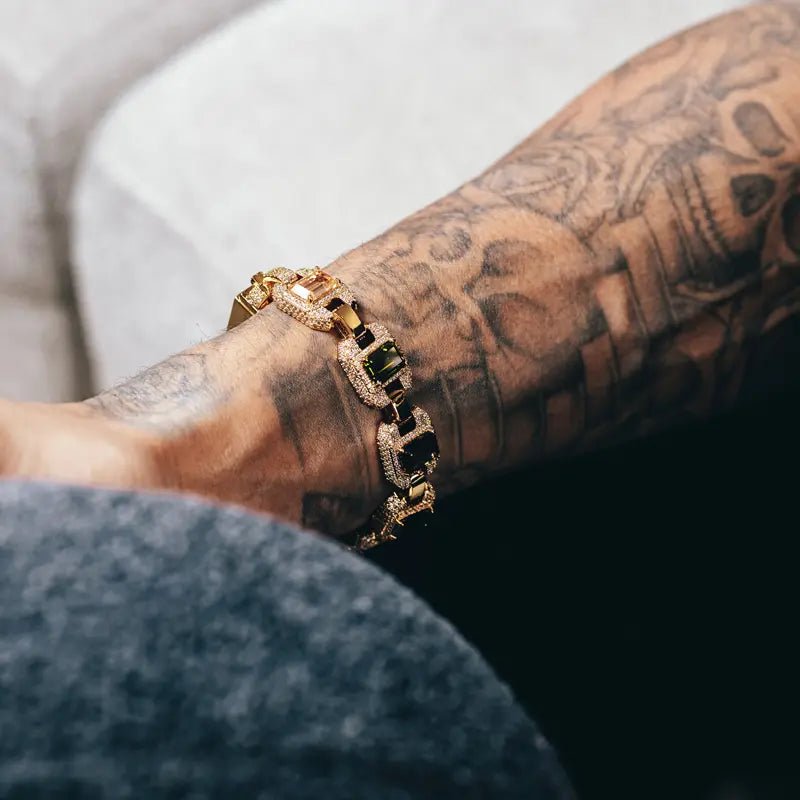
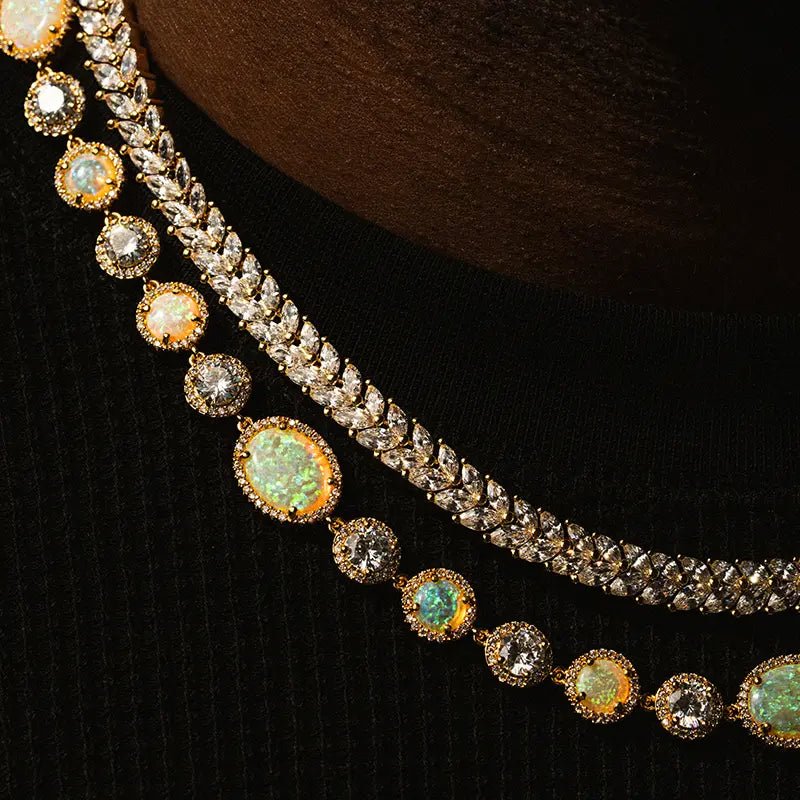
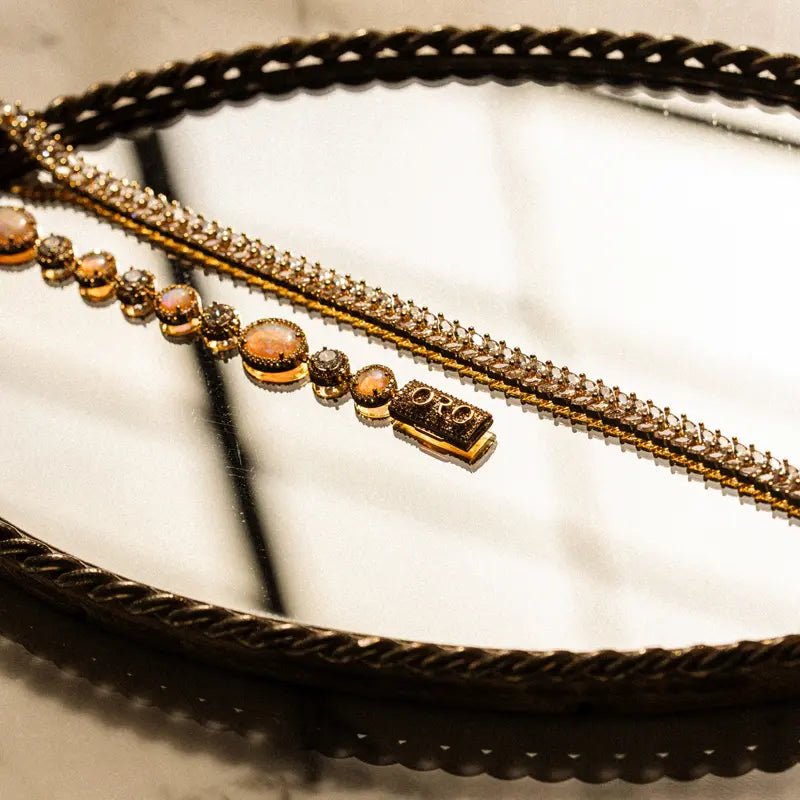
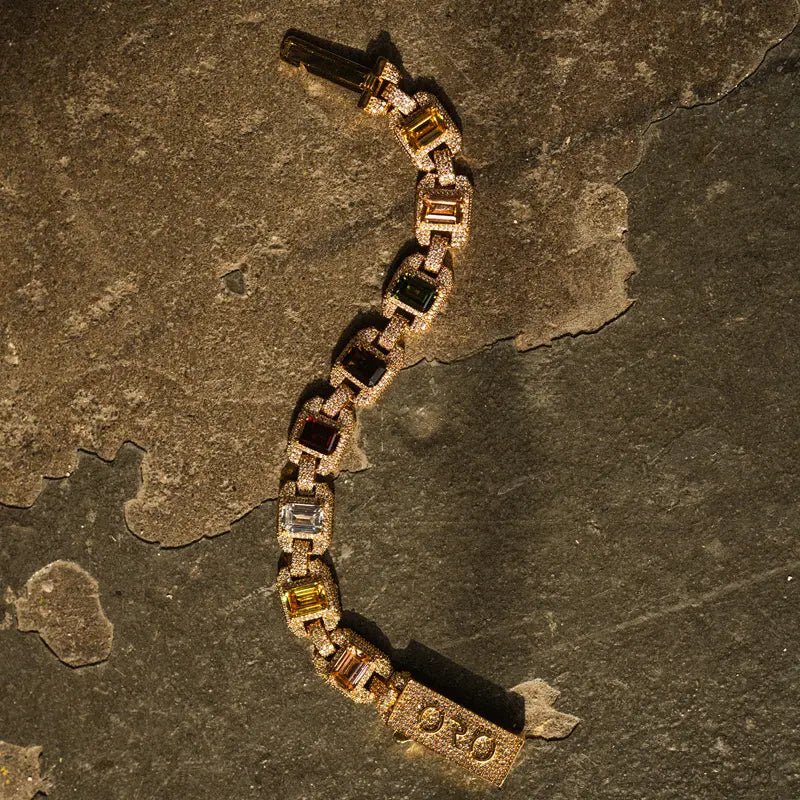
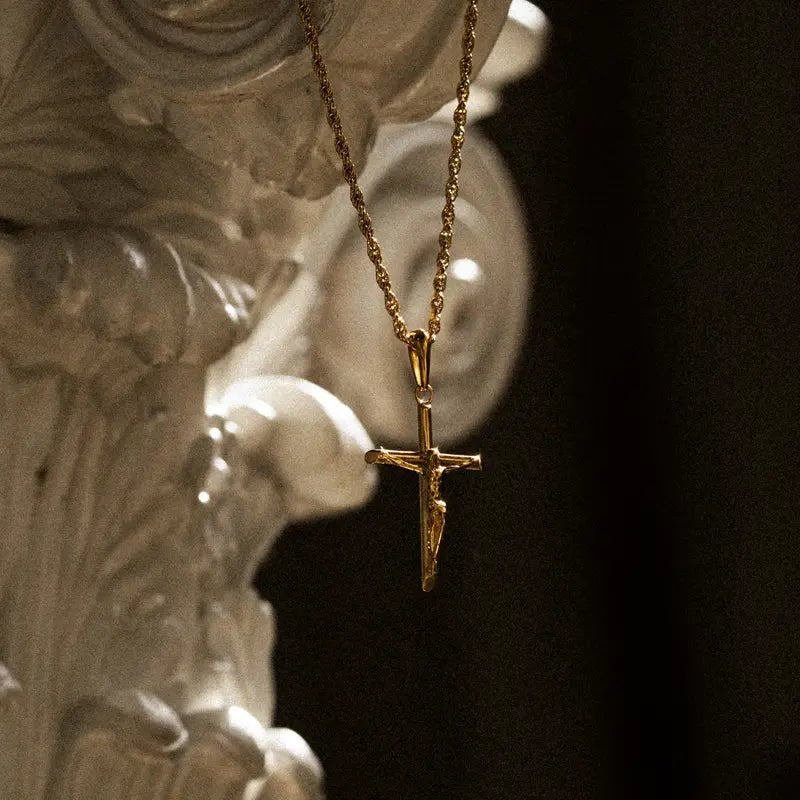
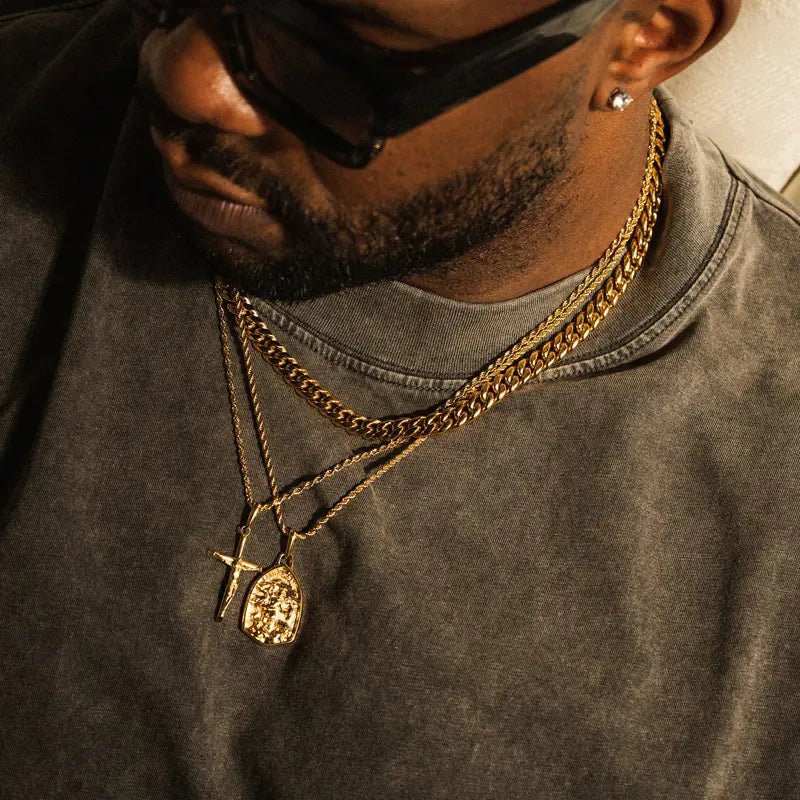


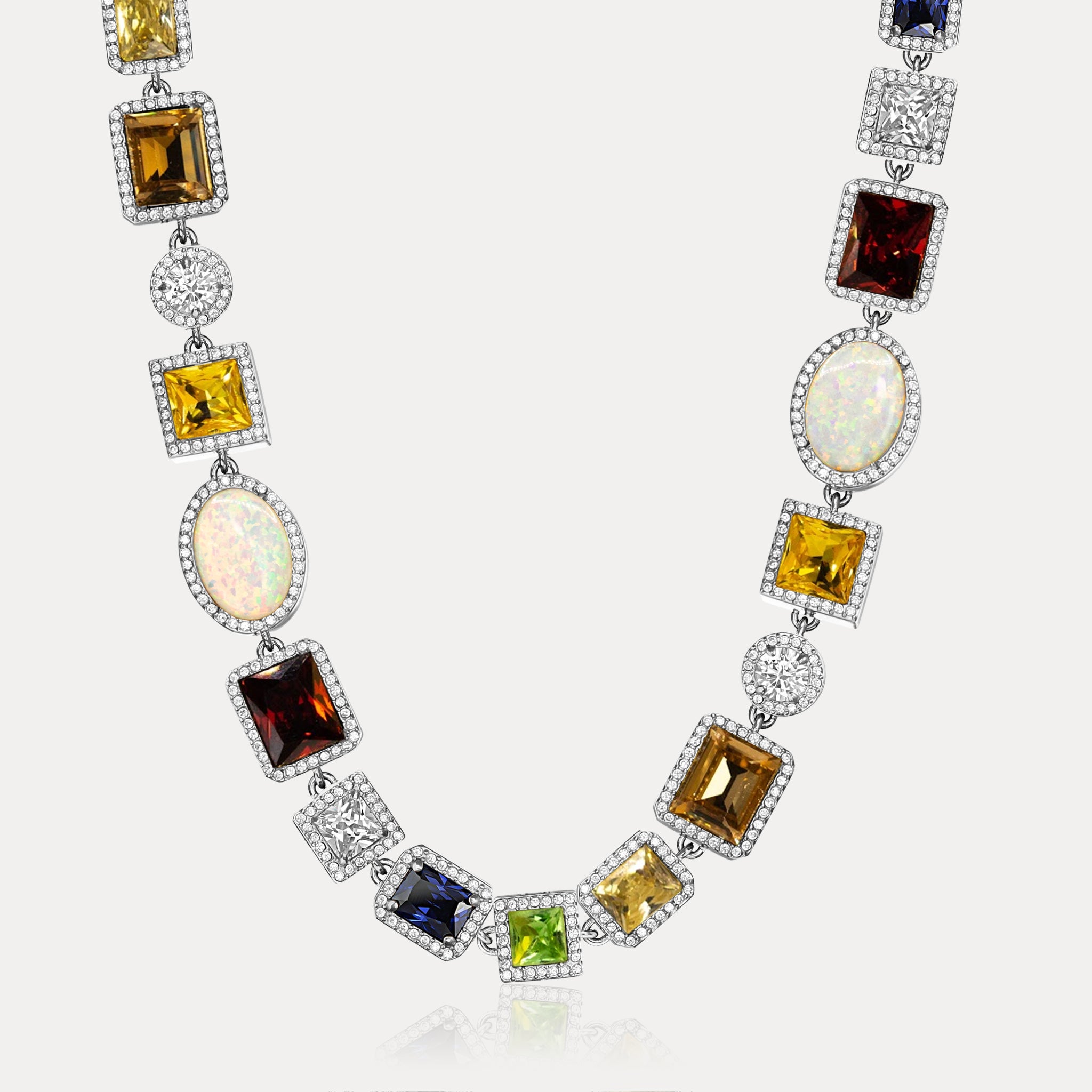
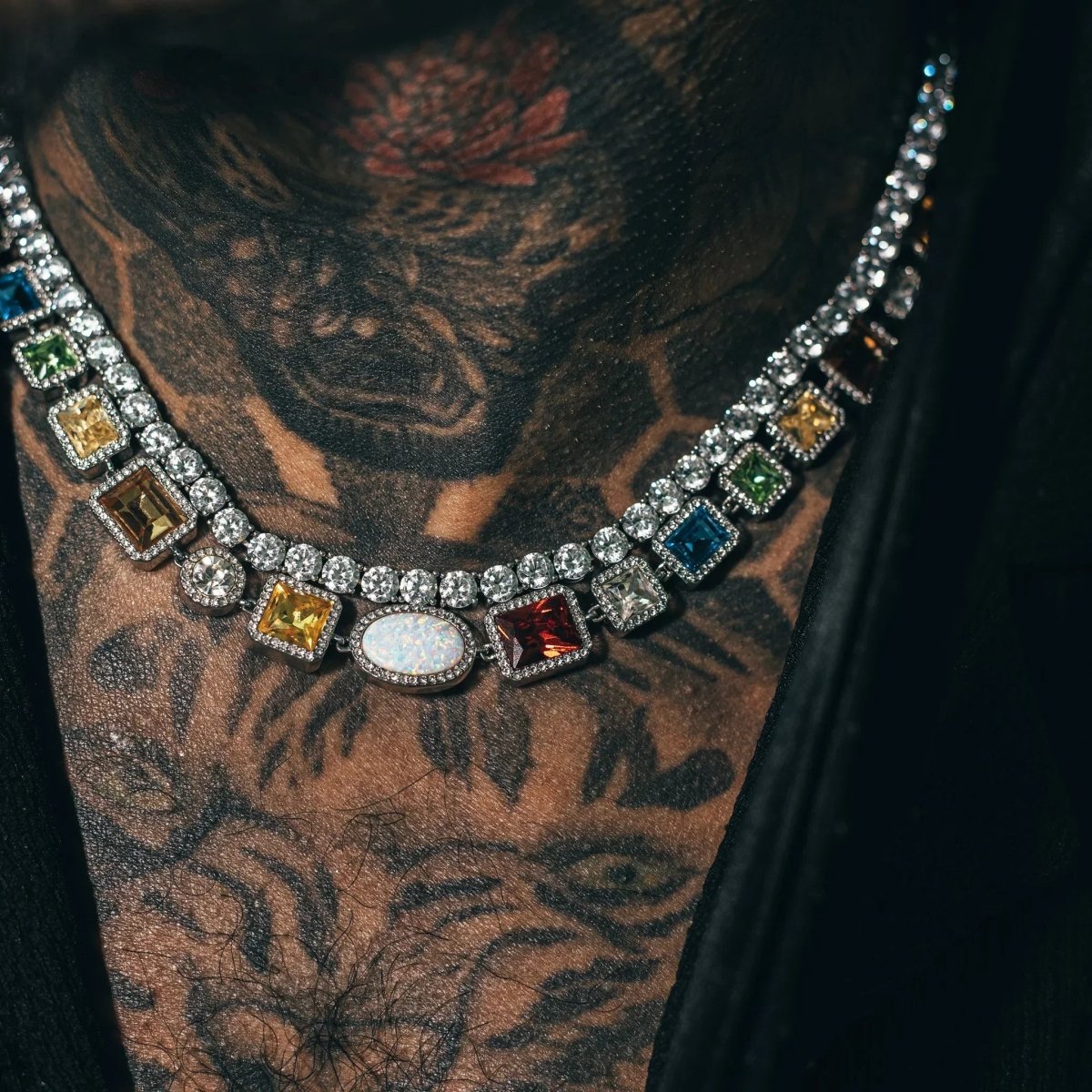
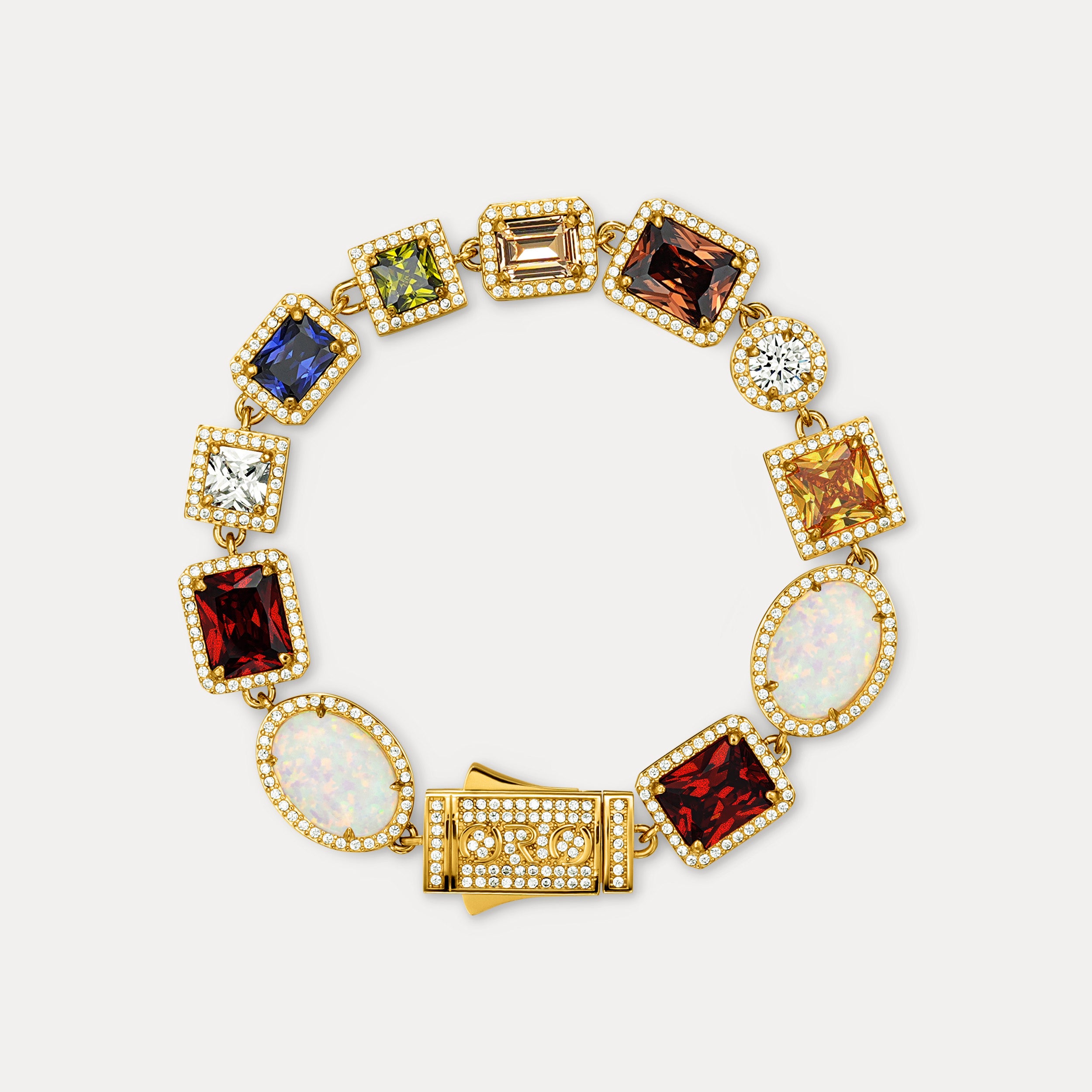

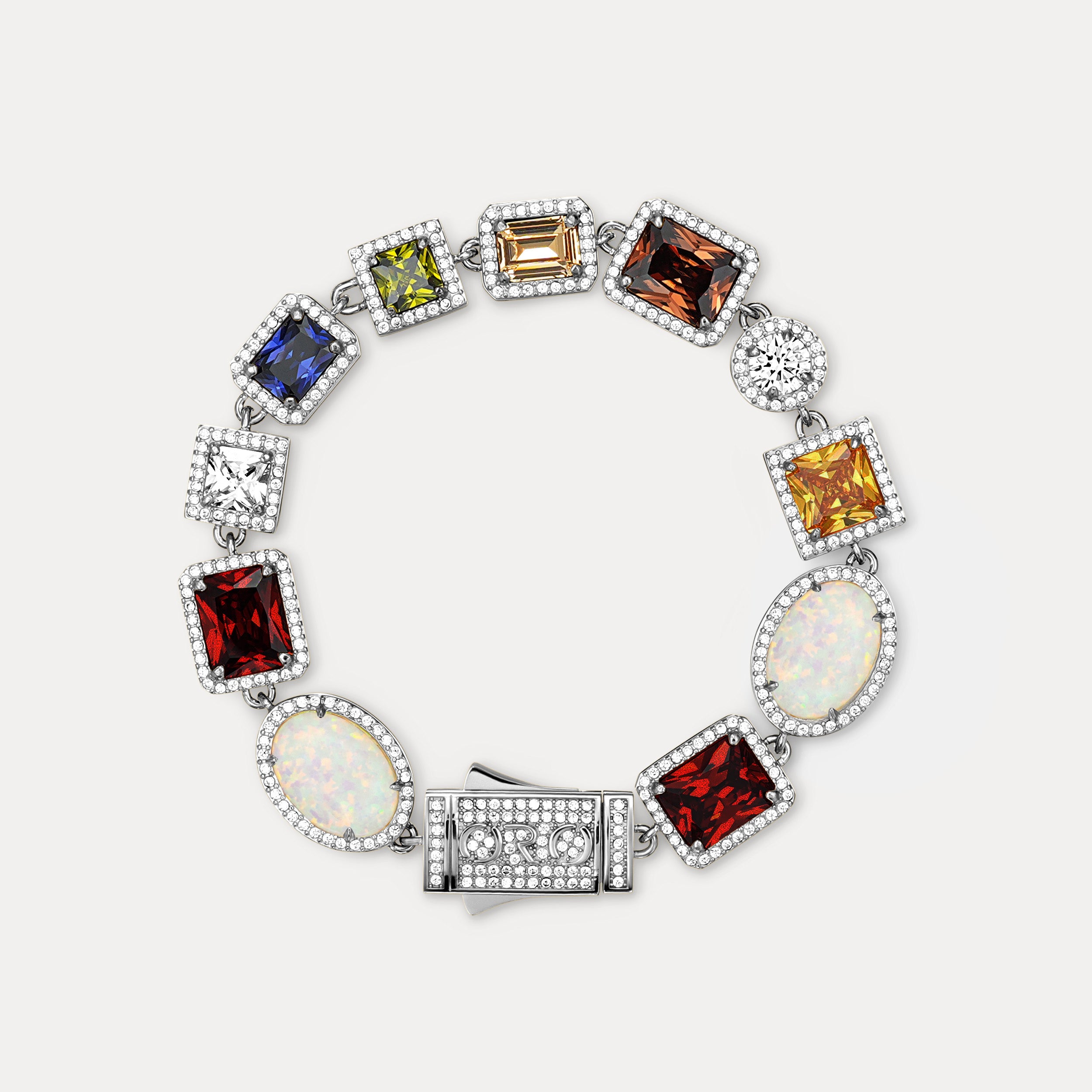
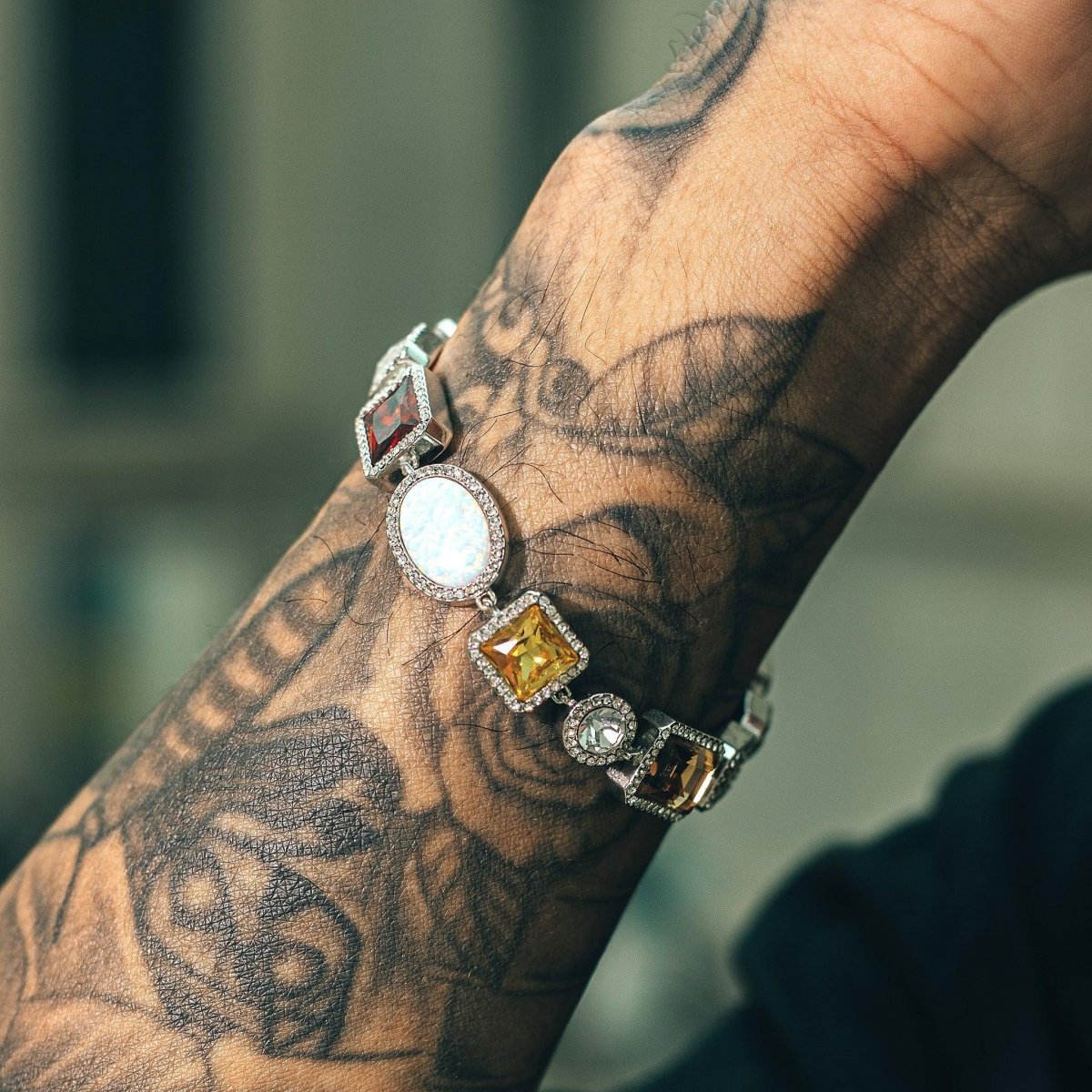
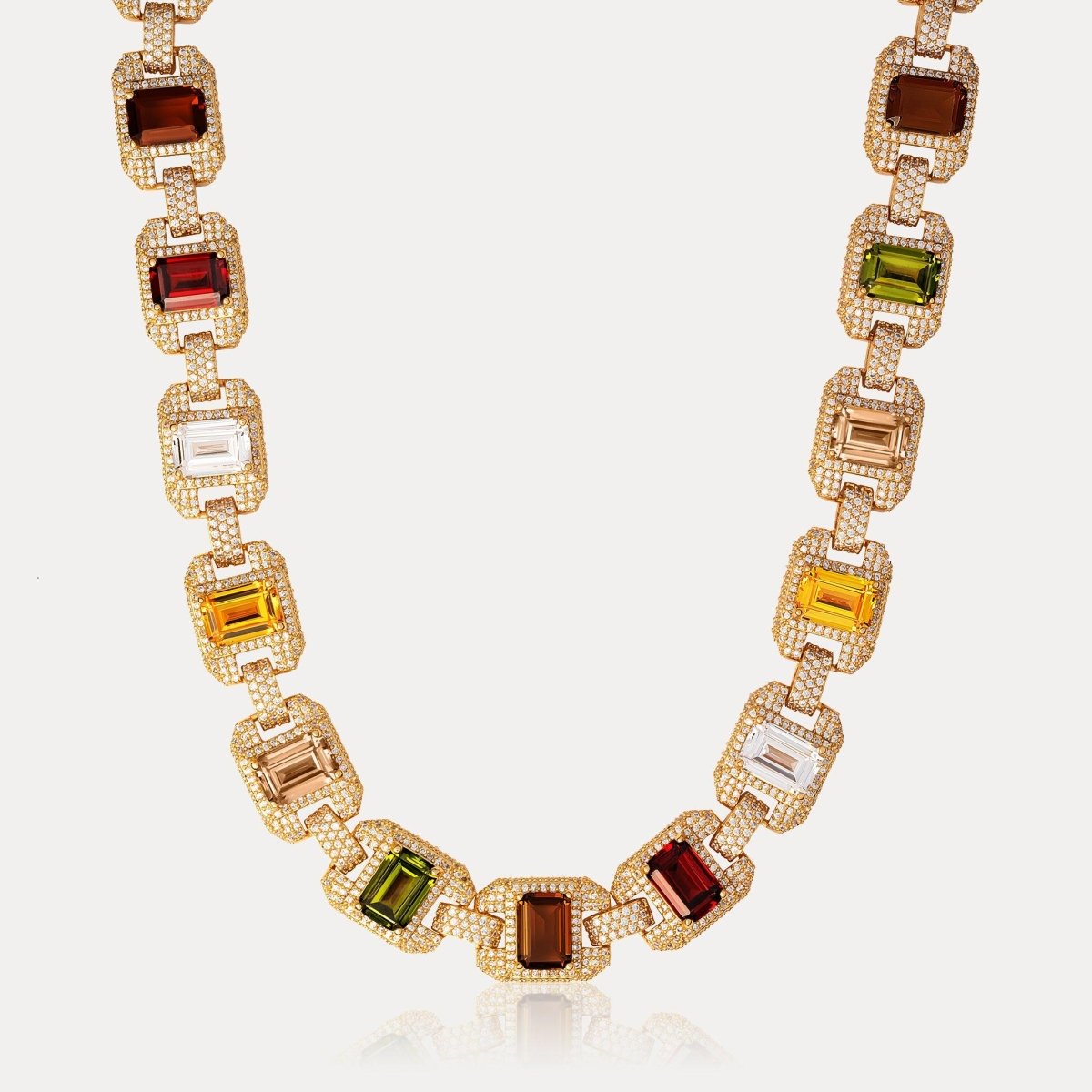
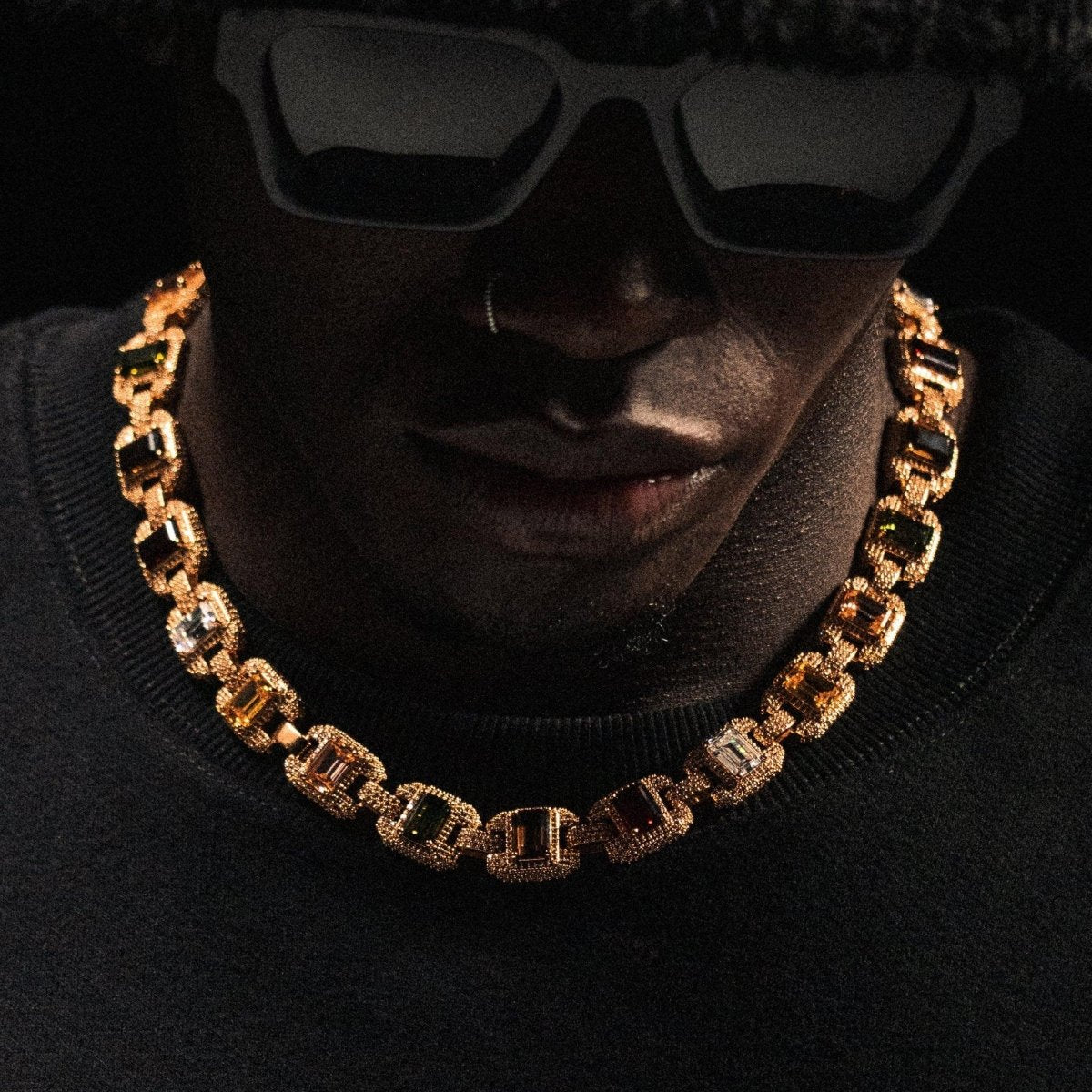


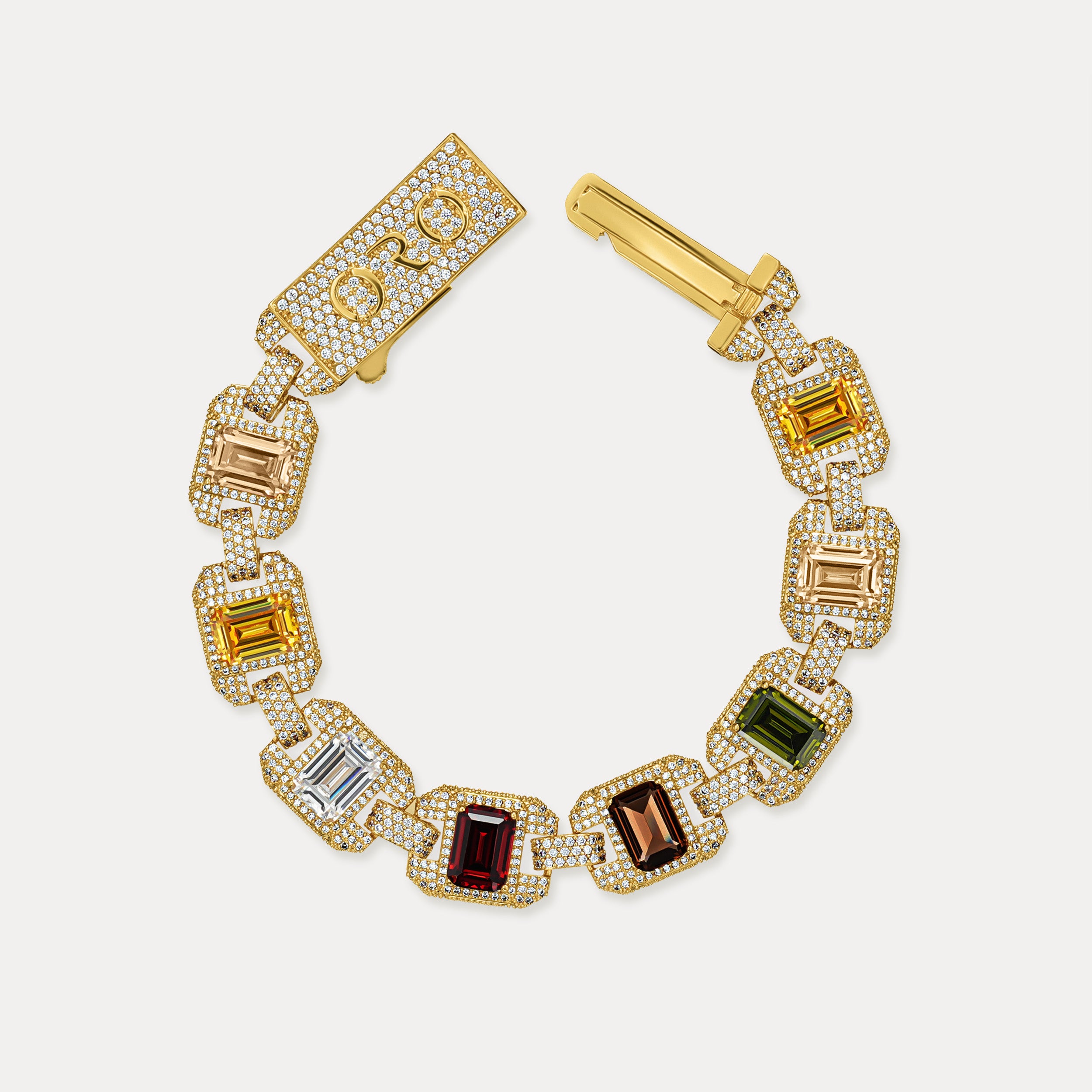
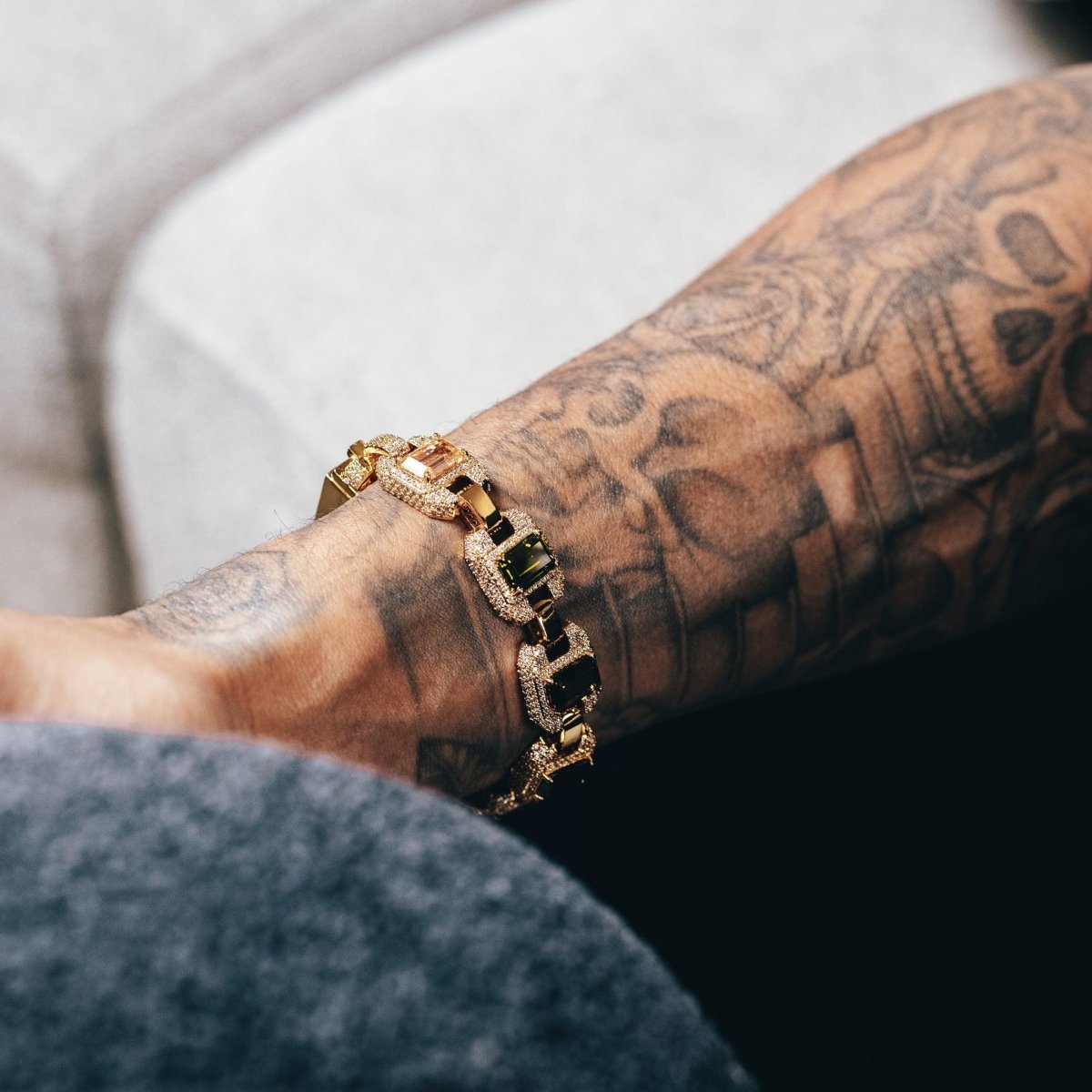
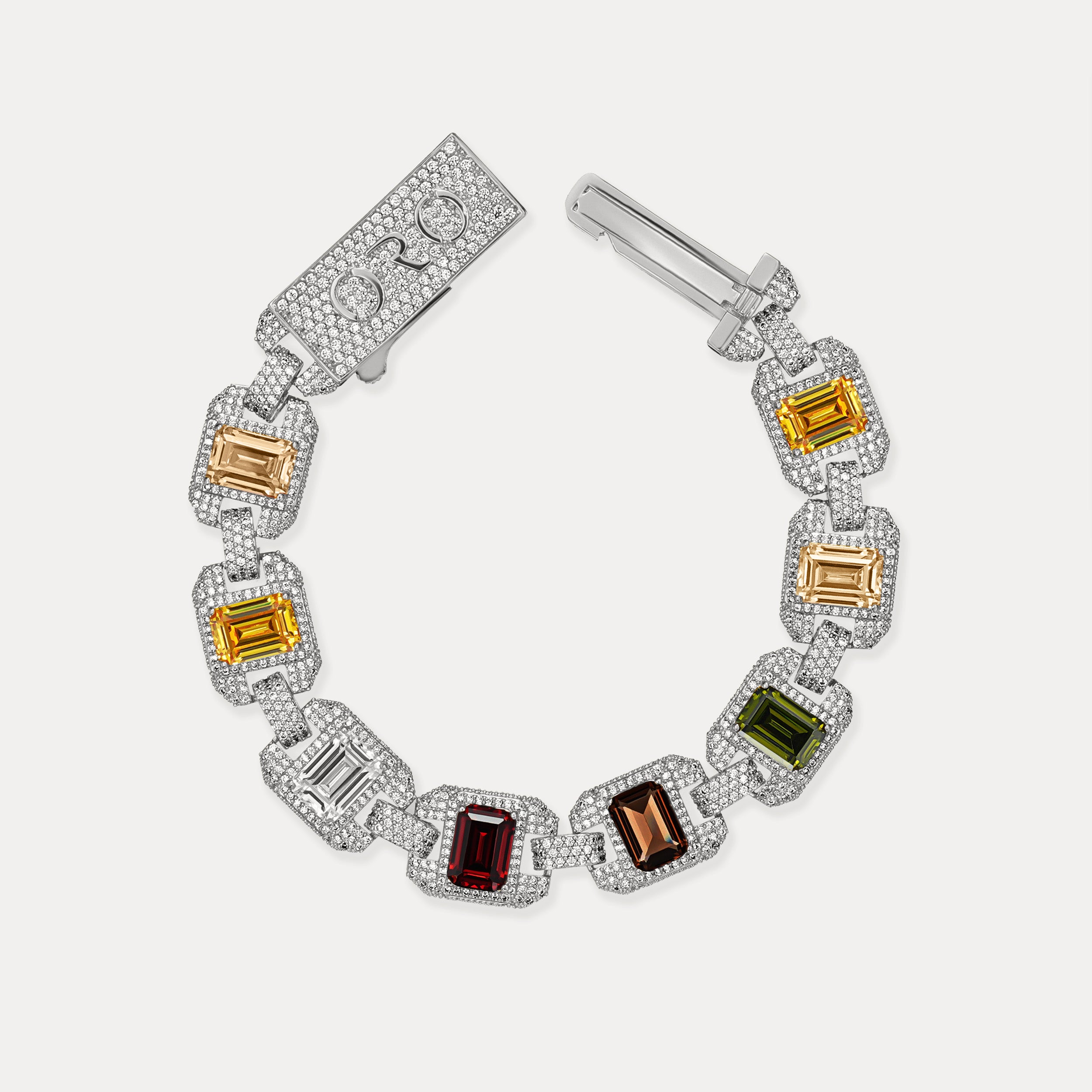
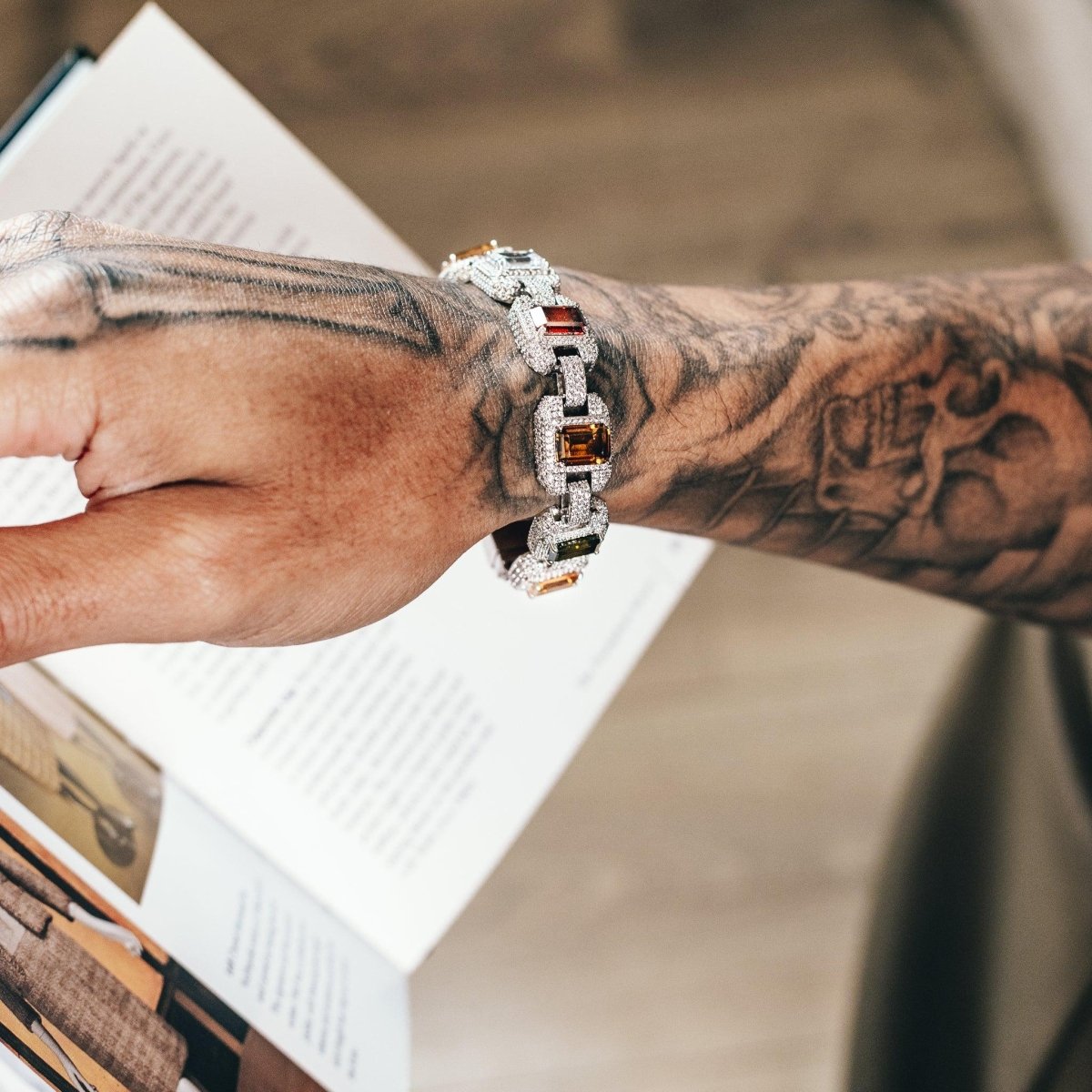
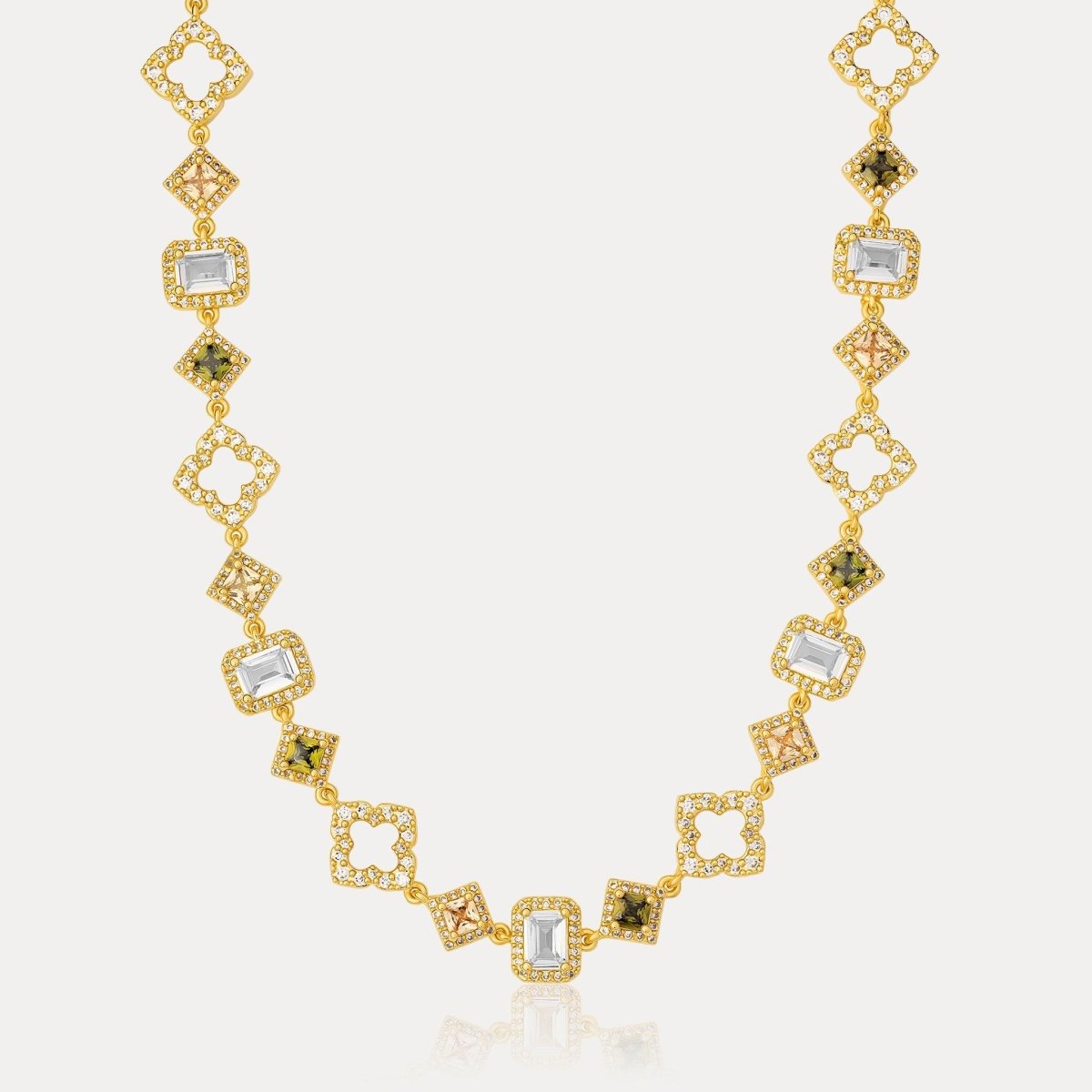
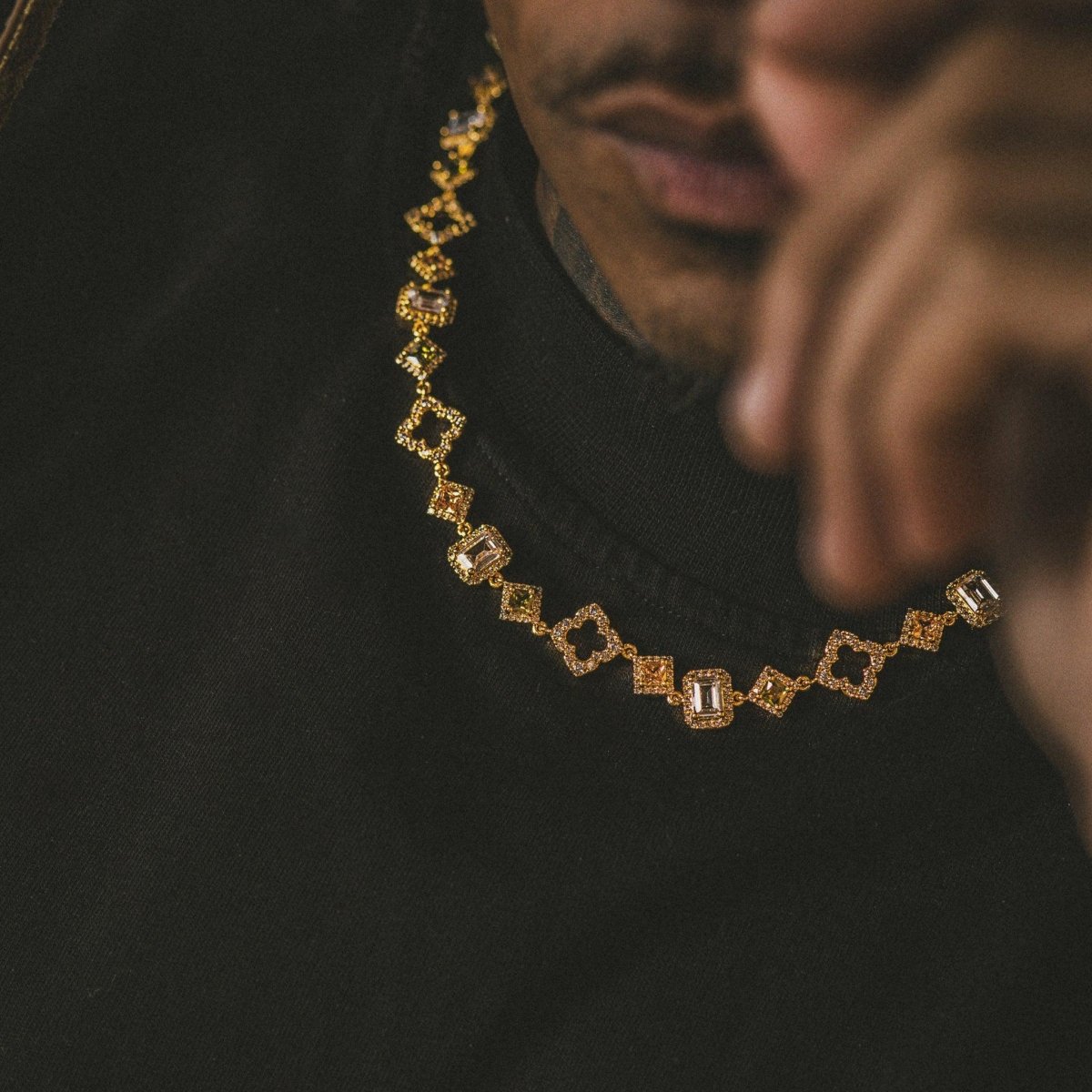
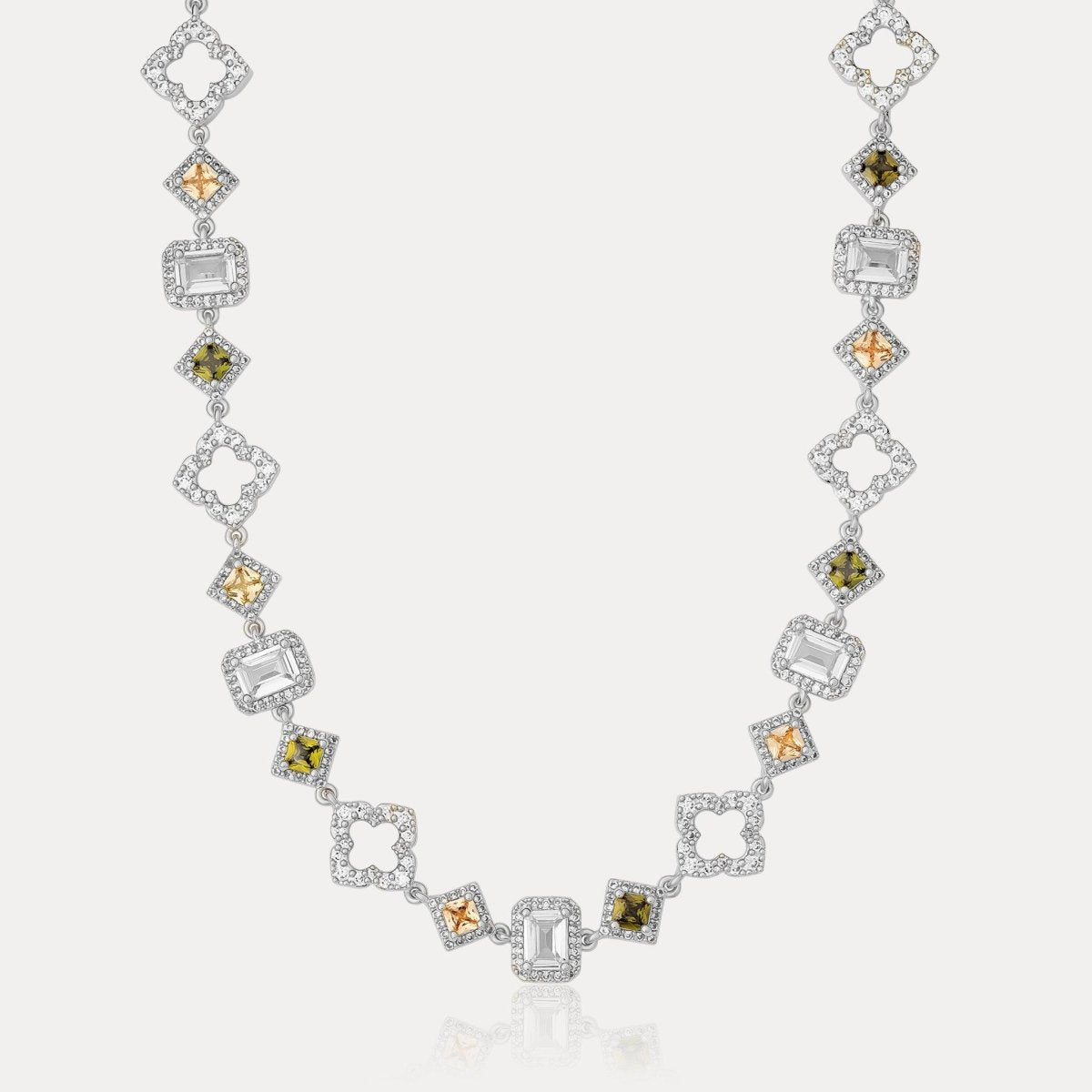
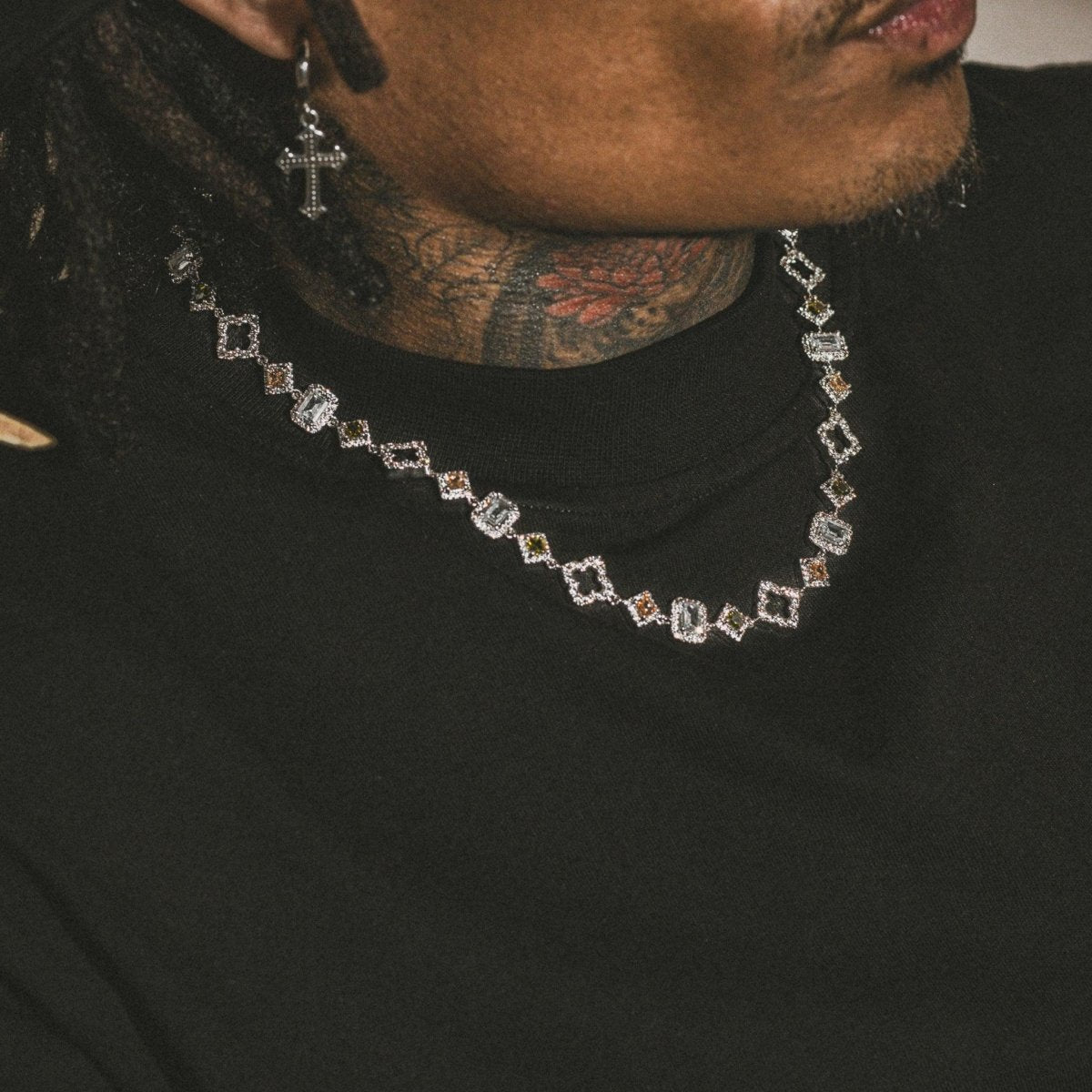

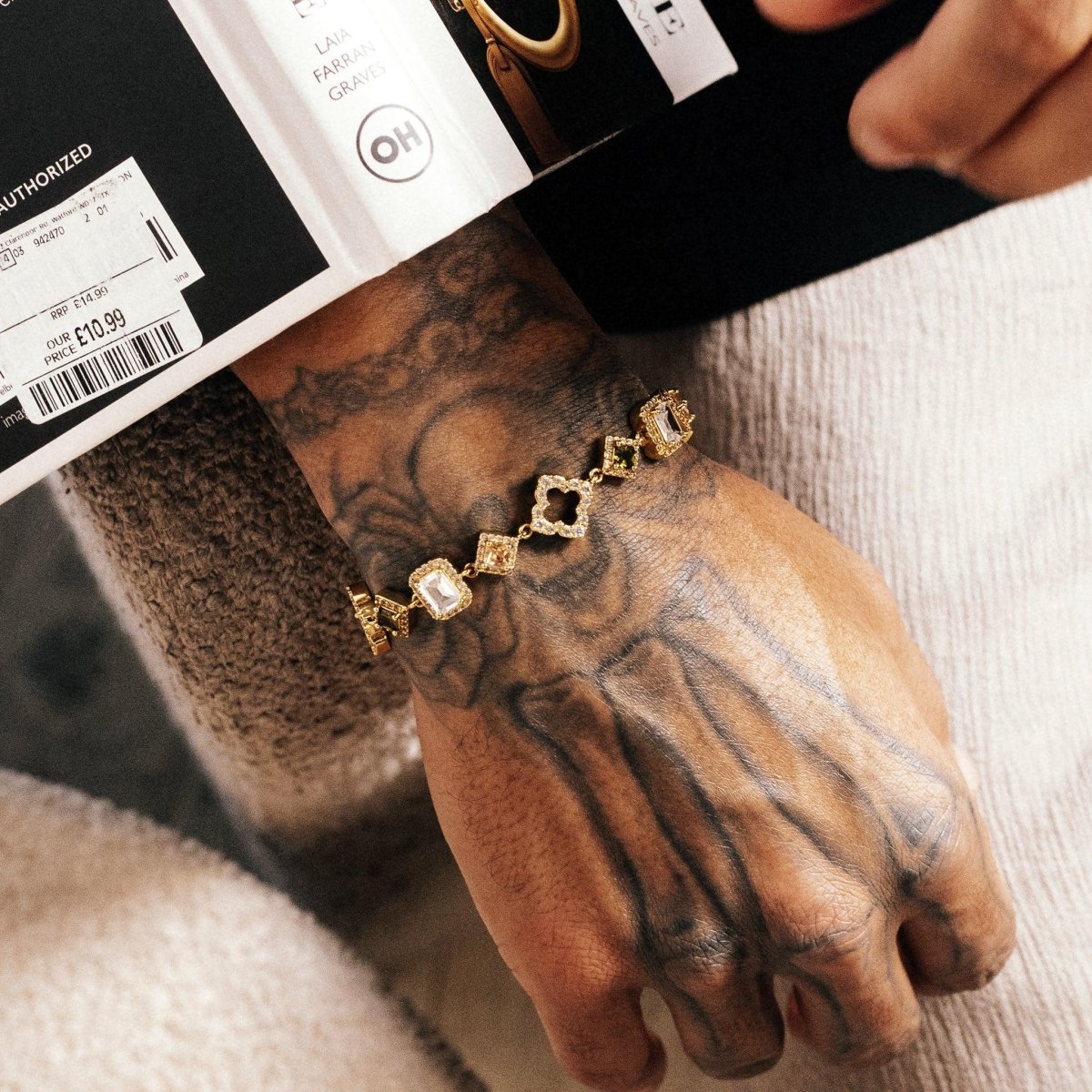


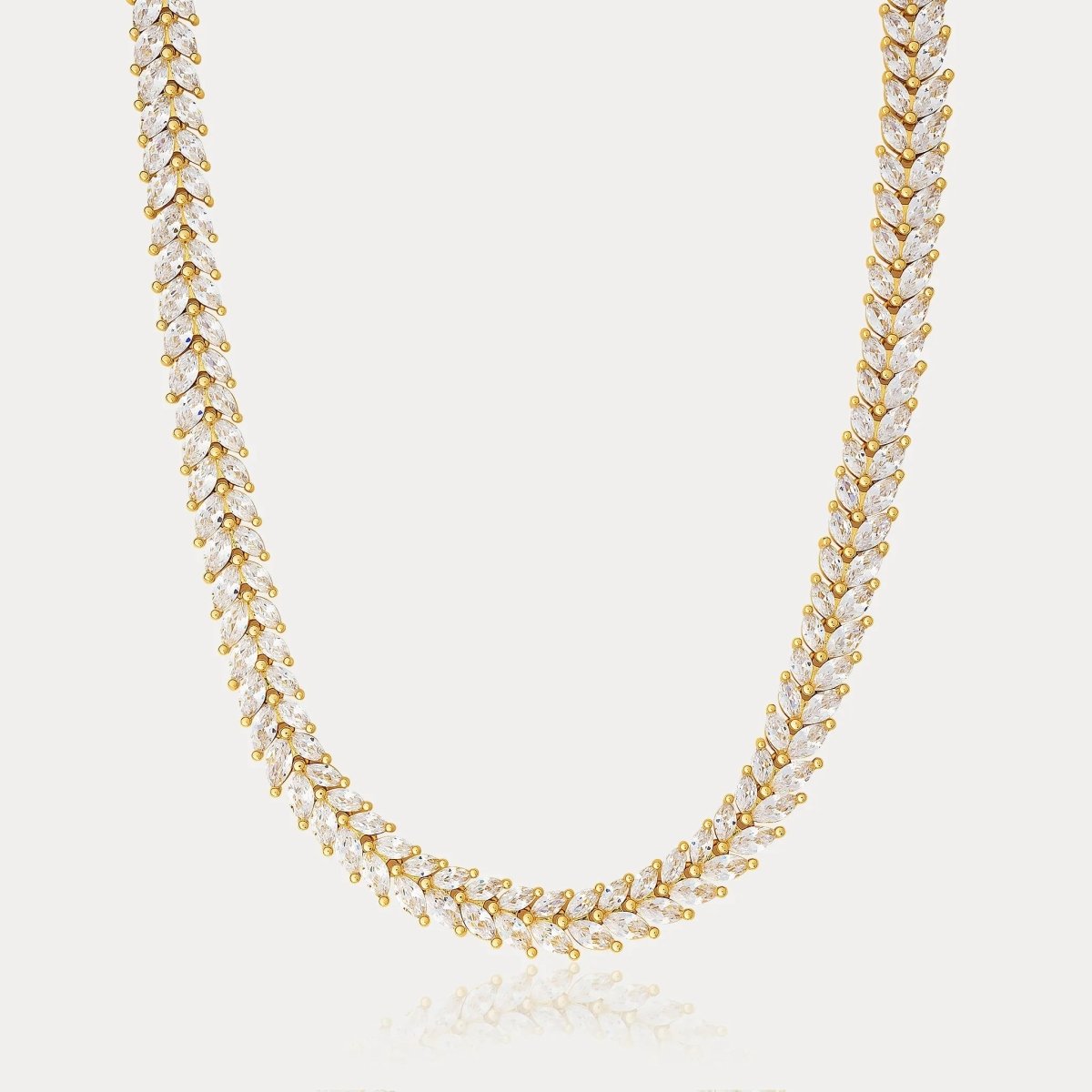
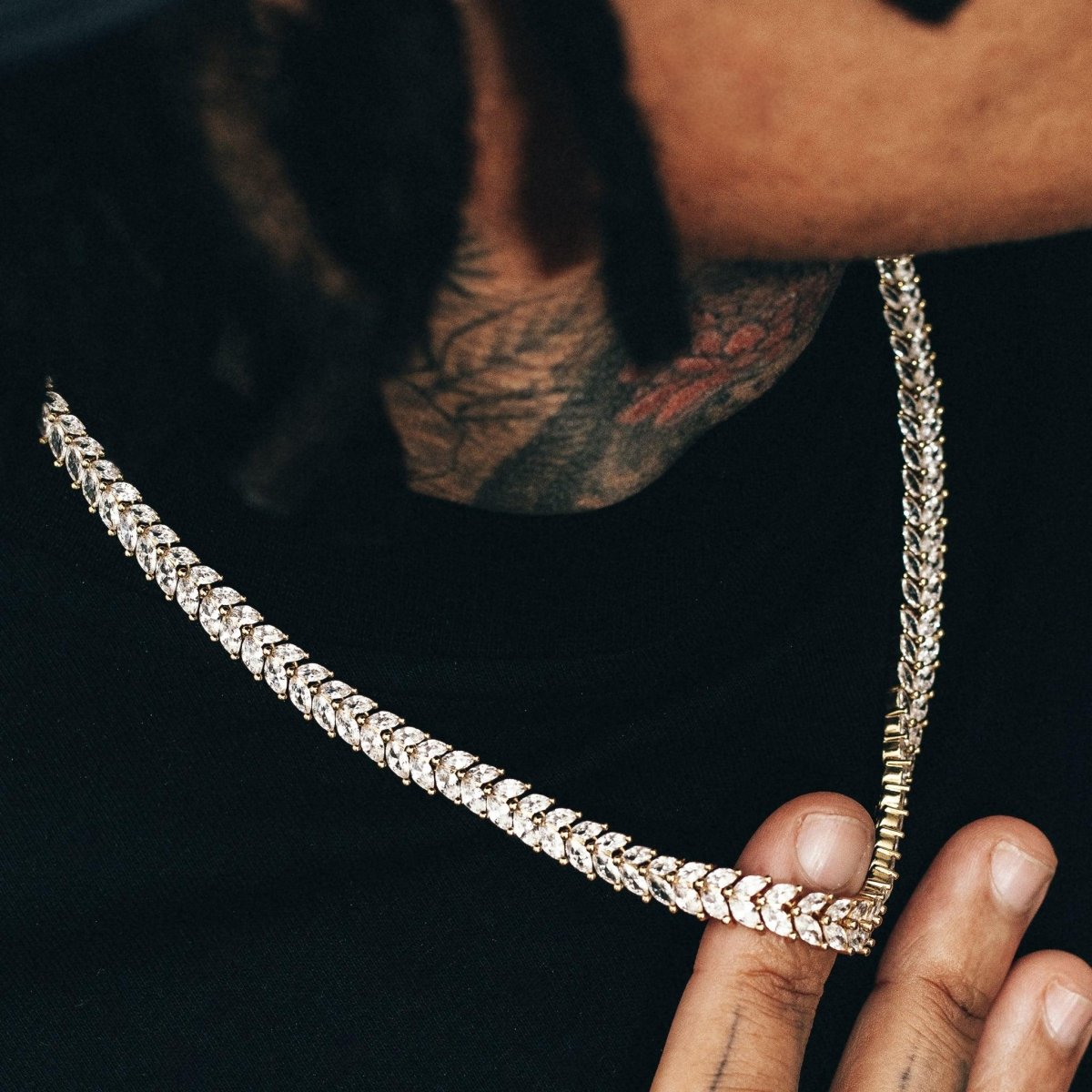
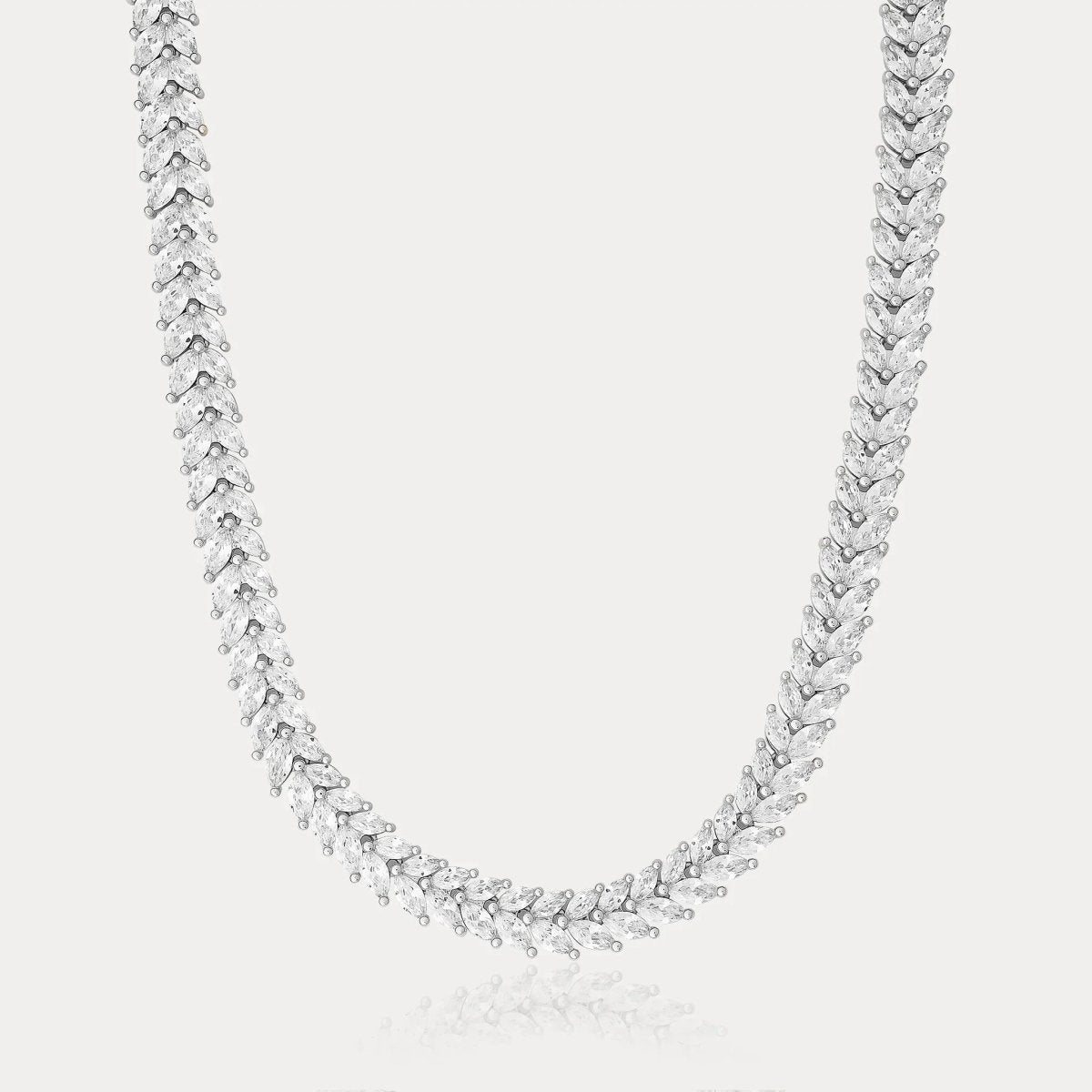

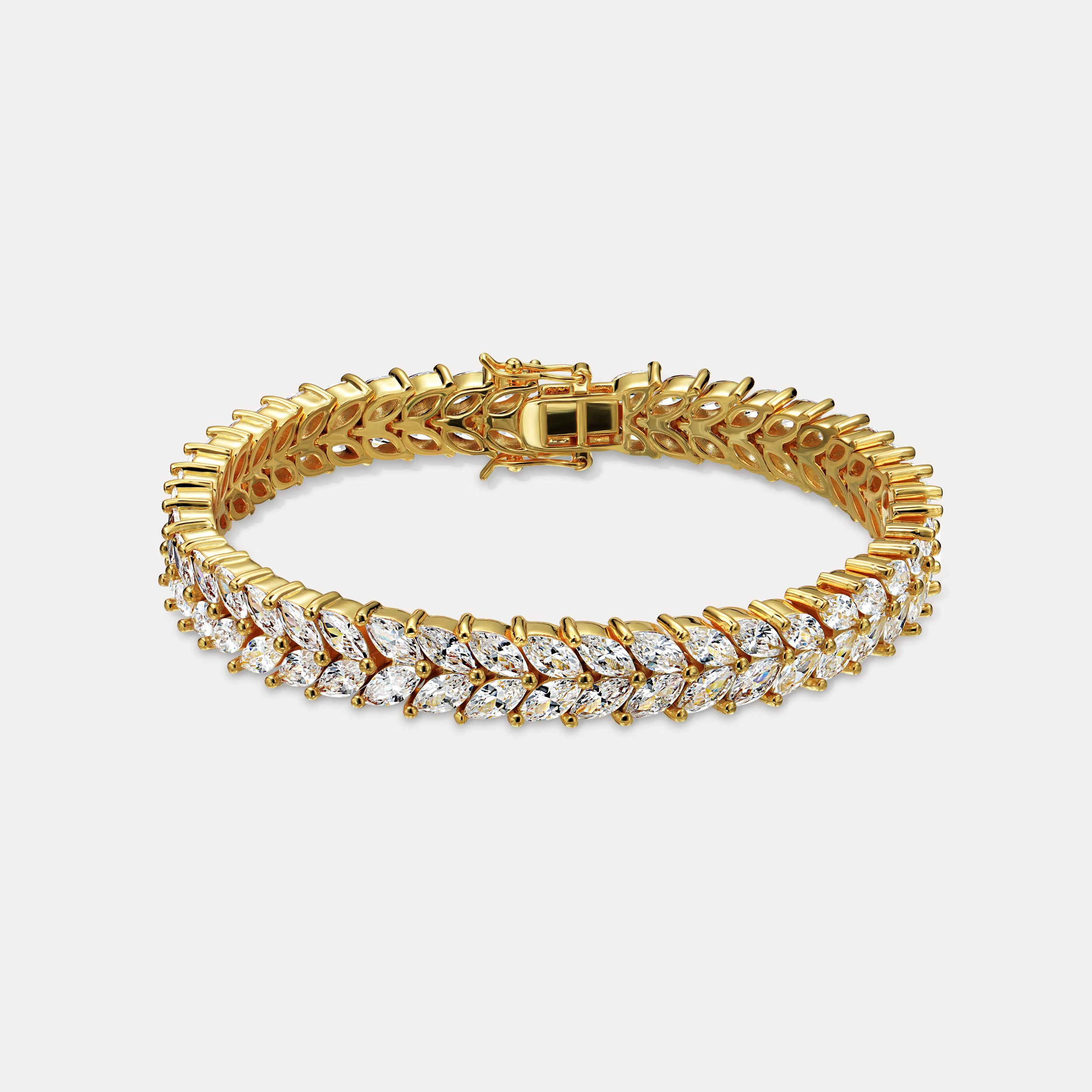

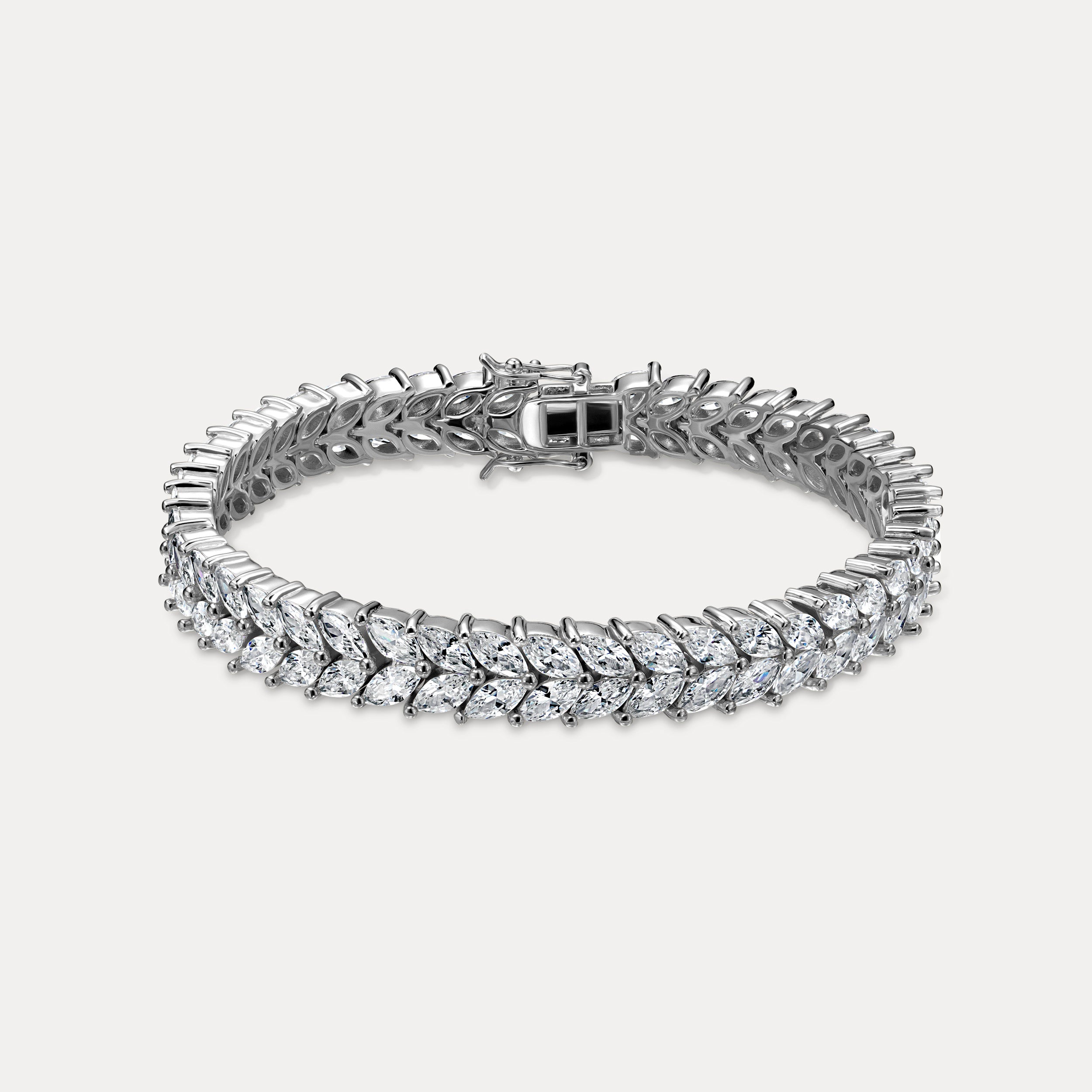
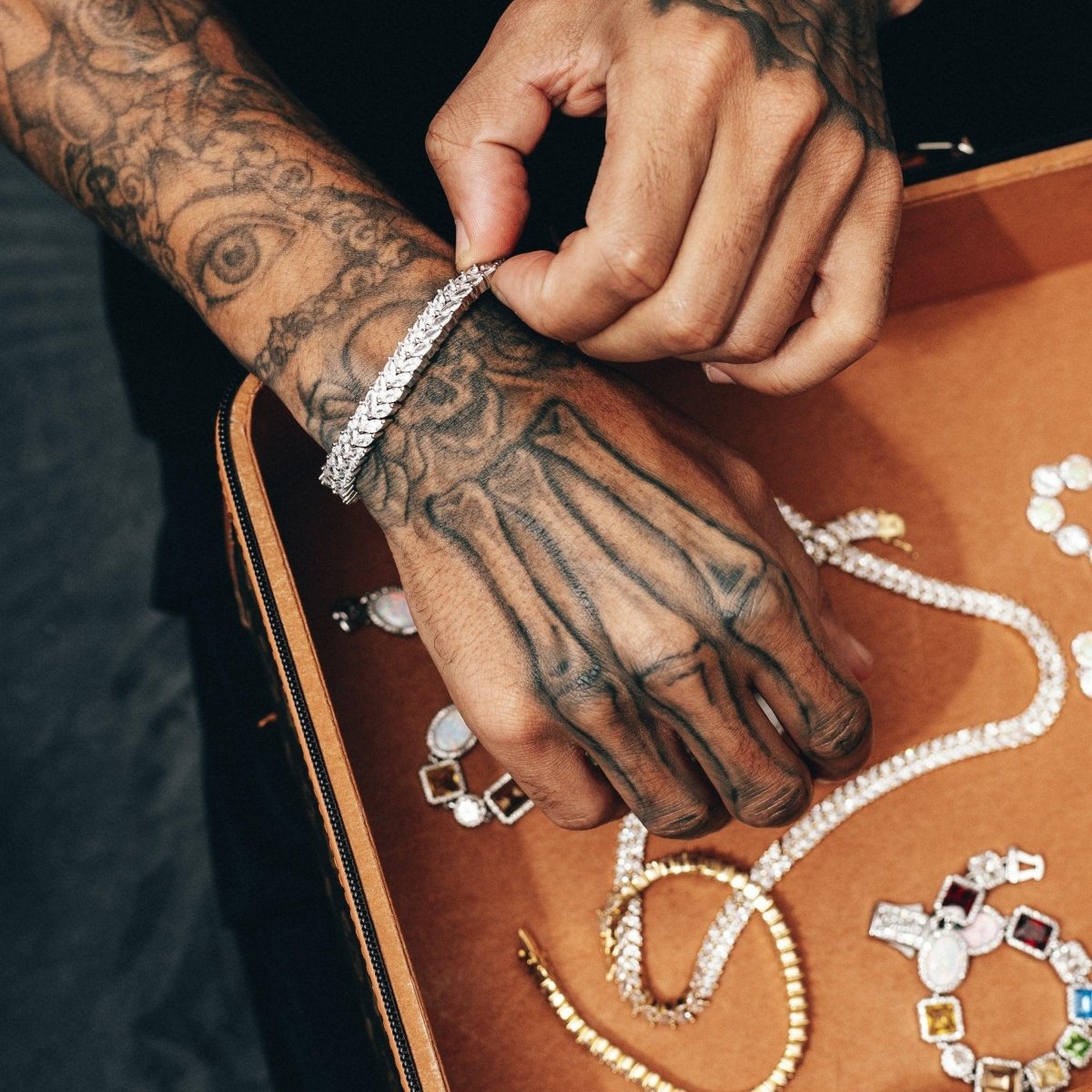
Leave a comment
This site is protected by hCaptcha and the hCaptcha Privacy Policy and Terms of Service apply.